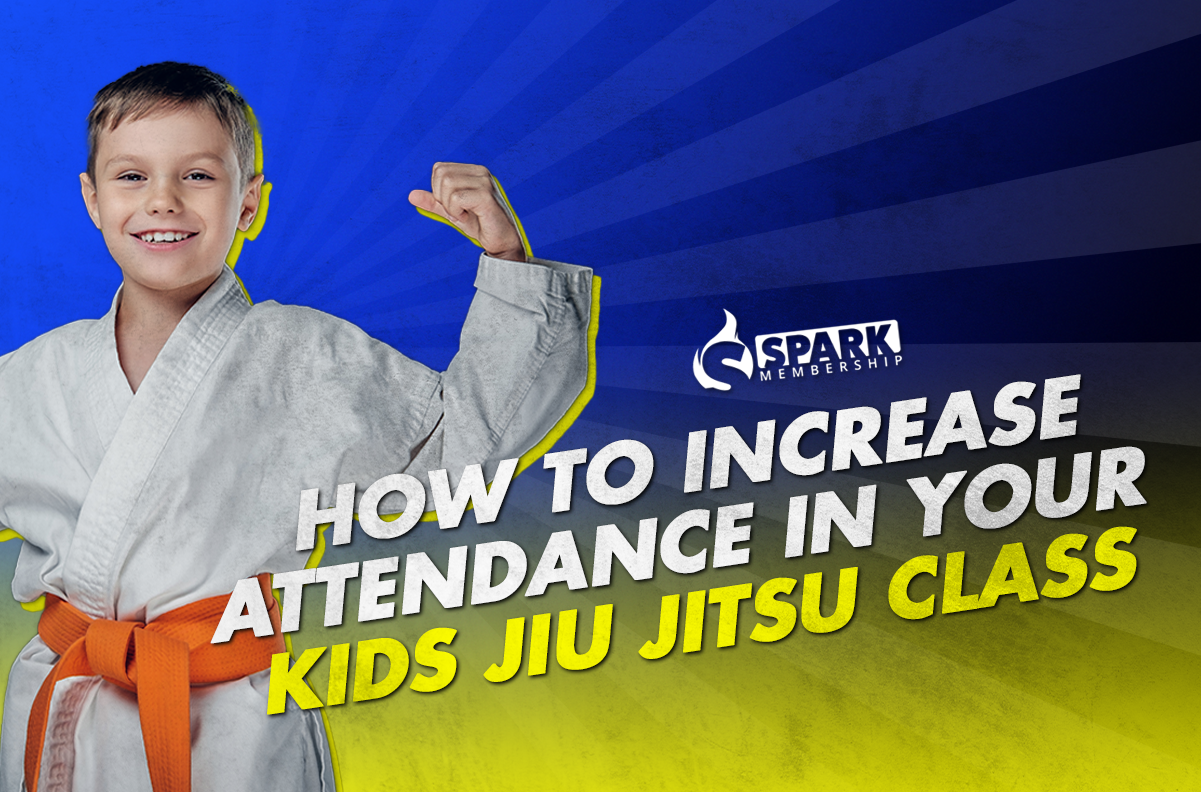
When first starting out your studio, it is important to remember and select the demographic you are looking to teach. Some new owners already have a following, while others are looking to build out their market. Whether or not you will be teaching both children and adults, or just focusing on a young age group, there are many factors to consider before scheduling your training program. In this article, we will explore some reservations that can be overcome in introducing a children’s Jiu-Jitsu class, and ultimately, how to maximize their attendance.
What Is Jiu-Jitsu for Children
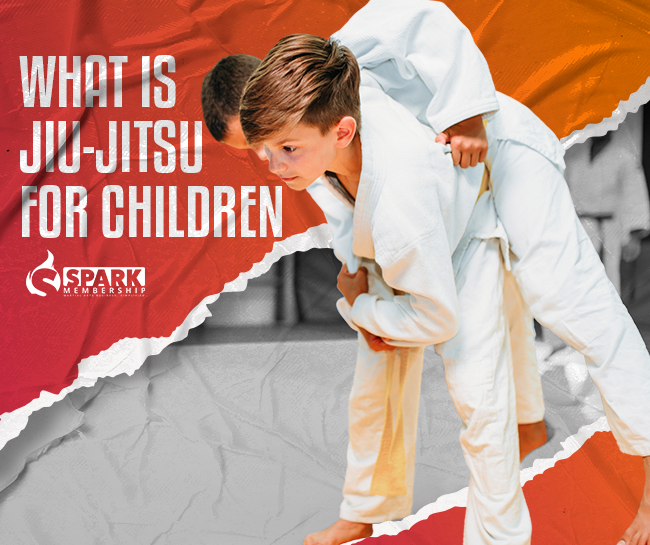
If you started your studio for the sole purpose of finding training partners and competition, it may be difficult to ascertain what a training program can look like for young kids and even teenagers. It is important to remember your own training and that of your sparring partners in the past. More than likely, they have undergone some sort of martial arts training as young children, rather than pick up the sport in adulthood, and transition to a professional career.
Jiu-Jitsu does not need to be changed for children, but rather, the approach to teaching must be different. This is why training is often segmented into their belt colors, as the curriculum can be taught easily when first working on the fundamentals. Remember that teaching the curriculum must be focused less on the self-defense techniques and exercises, and more on attention, praise, and making learning fun.
What Age Should Jiu-Jitsu Be Available to Children
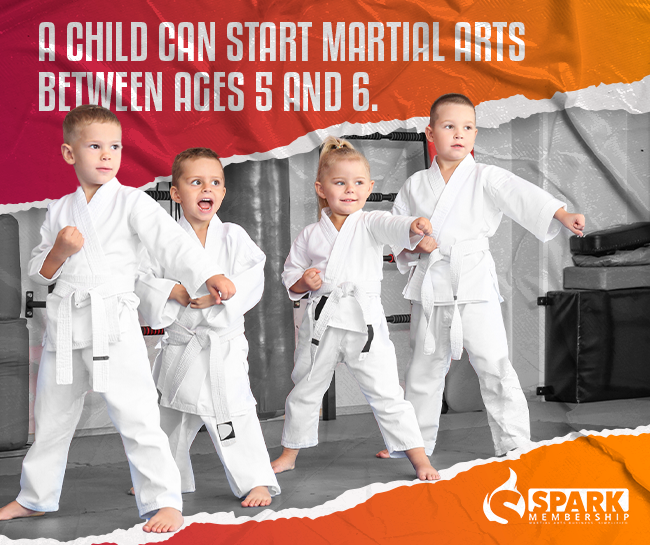
Parents often have reservations about enrolling their children in martial arts, let alone a very close-contact art like Jiu-Jitsu. The world champion Yuri Simões says that even though his father had a huge love for the sport, he didn’t enroll Yuri in a qualifying curriculum until the age of 9. His father believed that starting any younger would cause children to lose interest quickly in the sport, and not make a lasting connection with it throughout their life.
In an attempt to answer this question, BJJ heroes reached out to leading Brazilian psychologist Hernani Caroço. Hernani is a specialist in working with children between the ages of 3 and 17 on their psychology and development. He mentions that any sort of activity that develops a child physically, emotionally, and socially can only be beneficial for their upbringing. He says that, with few exceptions, between 5 and 6 years of age would be the earliest age that a child can be prepared to be enrolled in Martial arts. However, it is only between the ages of 8-10 that competition should be introduced. Children younger than 8 typically do not yet have the maturity to deal with frustration and loss and are more likely to follow the rules of self-defense and combat.
How to Make Kids Jiu-Jitsu Attractive
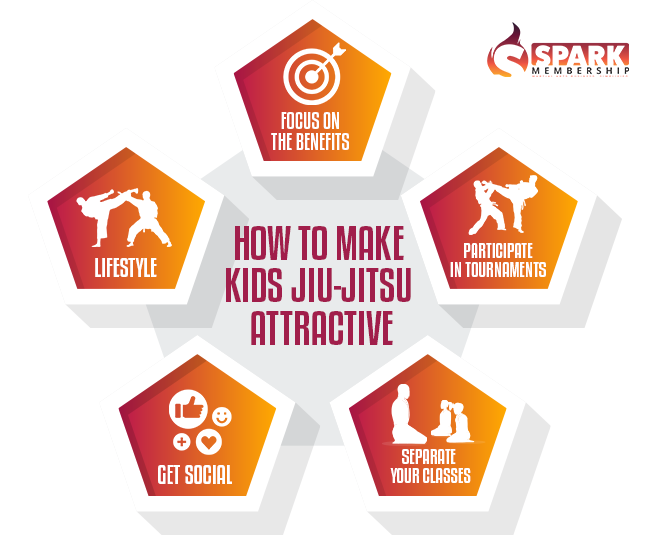
When looking to establish a training curriculum for children and the marketing to match it, it is important to know that your target audience (at least at first) will be parents, caretakers, and decision-makers. With this being said, here are the top five ways to make kids Jiu-Jitsu more attractive, and how to achieve an increase in attendance.
- Focus on the benefits
Some parents may be looking specifically for your school if they have been taught in the Jiu-Jitsu discipline, but most are not that specific. You will be competing not only with your own local schools but also, with other martial arts disciplines and self-defense classes as well. As such, you must focus less on the sport, and more on how Jiu-Jitsu will improve the child’s life. Mentioning increased confidence, better grades, discipline, focus, and maturity are great ways to convince parents that this is the program for them.
- Participate in tournaments
Most children and teenagers, at some age, dream of being a superstar. Tournaments allow this kind of creativity to flourish, and also will add some application to their training in a real scenario. It is one thing to practice sparring with the same class every day, but a much different feeling when pitted against other schools. Not only will this competition motivate students, but it will also bring awareness to your BJJ club. Make sure to list any accolades or trophies that you win.
- Separate your classes
This may be intuitive, but some schools do not do this. Do not mix your classes, especially between adolescents and young children. Age groups should be early, as there is a huge difference between a 6-year-old and a 10-year-old, but less so between a 15 and 17 year old. You will not be able to provide the required attention and risk losing your classes.
- Get social
Live demos, tournaments, posts, interviews, curriculum, class schedules and more should always be posted to your social media pages. Not only does this help to keep your current students updated on any events or grading, but it brings brand awareness from potential members about your curriculum, achievements, and progress.
- Lifestyle
BJJ should be a lifestyle. Children will often grow up in the same school throughout their formative years and even as adults. As such, BJJ will be a lifestyle for them and their family. Belt ceremonies, grading, and self-defense achievements are just one of the few drops in the bucket of the BJJ lifestyle, but should also be centered around core values. Make sure to develop a student creed that all your practitioners should abide by and form a sense of comradery.
How to Tie It All Together
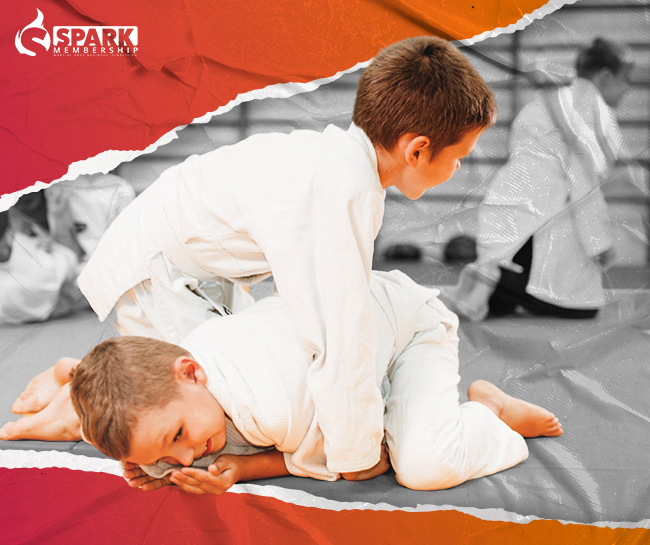
Now that you have the knowledge and confidence to build your Jiu-Jitsu curriculum, it is important to manage it properly. This means scheduling, marketing, re-targeting, email/text reminders, newsletters, class attendance, payment, and staff management need to be transparent and tied together. Spark Membership is an all-in-one solution, the best of its kind on the market. Try it from the comfort of your own smartphone for just $1